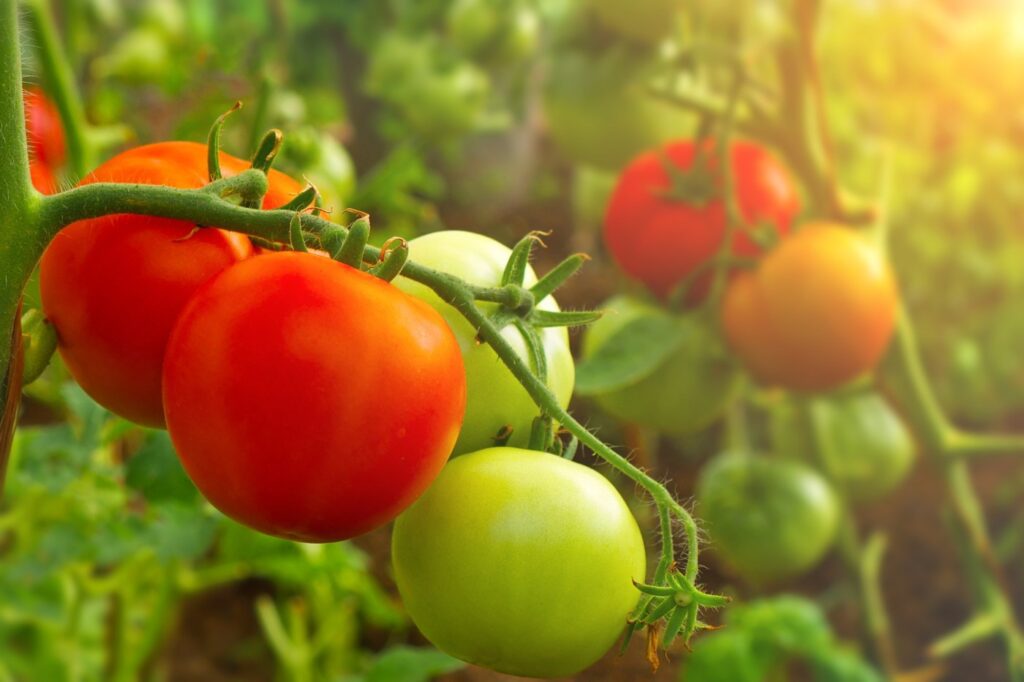
5 things to do in the garden this week:
1. Due to the late rains, there is likely to be more leaf fungus this spring – on roses and also on normally fungus free plants — than usual. With the trend away from toxic chemical control of insect pests and plant diseases, treatment formulas concocted from benign household products are bandied about. One of these involves aspirin. Mix two 325 mg uncoated aspirin in a quart of tap water (eight aspirin in a gallon) and apply using a handheld sprayer. Make sure to spray both sides of the leaves. Another fungicide formula includes one tablespoon of baking soda, one tablespoon of vegetable oil, and one tablespoon of dish soap mixed into one gallon of water. Apply in the same manner described for the aspirin treatment. With any plant, regardless of what you are spraying, always treat just a few leaves and wait 24 hours to see the results before spraying the entire plant. You want to make sure that the plant being sprayed is tolerant of the prescribed treatment.
2. Thanks to the above-average rainfall we experienced this year, there is bound to be a heavier-than-usual bloom – some are calling it a “superbloom” — of wildflowers this spring. To learn where to go to get a good view of them – and they are at their peak between late March and mid-April – call the Theodore Payne wildflower hotline at 818 768-1802, ext. 7. The annual Theodore Payne native plant tour of home gardens around Los Angeles will be held on April 13th and 14th. For ticket information, go to theodorepayne.org. Yes, you can still plant wildflowers, as long as you are prepared to keep the seeds moist until germination occurs. For an unusual twist, take a mix of wildflower seeds, packets of which are found at most nurseries, and mix them together with lettuce, cilantro and arugula seeds. The overall effect is more lush than when wildflowers are planted alone, plus you get to harvest some greens into the bargain.
3. Growing tomatoes should be easy and many veteran gardeners never buy them at the grocery because there are always a few plants fruiting at any time of the year. I once met an avid grower of tomatoes in Canoga Park who nurtured hundreds of plants, year after year, in the same plot of ground. When I asked for the secrets to his success, he had almost nothing to divulge. “I put down manure before planting,” he revealed, “and then, one month after planting, I give them a shot of fish emulsion.” Using manure year after year would certainly increase the humus content of the soil. Humus, the end product of biological decomposition – sometimes referred to as “bacterial skeletons” – is the most precious garden soil ingredient. When I asked about irrigation, he sure made it sound simple: “I bring a hose out every now and then and water down the soil between the rows.” He had trained all of his tomatoes — whose seedlings he purchased — to grow as vines, winding their main stem around baling wire to a height of 4 and 1/2 feet. At that height, he cut down all new growth; otherwise, that growth would flower and fruit, causing it to flop over due to the weight. His favorite varieties were Celebrity, Better Boy, Brandywine, and Golden Jubilee.
Related Articles
Hummingbirds: The tiny, mighty and amazing things they do
4 tips for spring cleaning, decluttering and letting go of the stuff we love
Gardening tips for an exotic fruit tree, preventing erosion and more
What gardeners need to know about the invasive tree of heaven
5 ways to make your vegetable garden a pollinator destination
4. Flowering vines can be a mixed blessing. Enamored with their beauty, we may loathe the thought of pruning them, but letting them just grow can spell trouble for plants in the vicinity. Before you know it – as occurred in my own neighborhood — ‘Cecile Brunner’ roses planted at the base of jacaranda trees (installed along the property line between two front yards) will be competing with the trees for air space and sun exposure. Don’t get me wrong; ‘Cecile Brunner’ is a magnificent, sweet-smelling climbing rose. However, it is best suited to growing up a pergola or archway or even against the façade of a house, but not in proximity to tall shrubs or trees. Another neighbor of mine planted a gorgeous lavender trumpet vine (Clytostoma callistegioides) in front of a Eugenia hedge, with the trumpet vine slowly taking away the hedge’s light and strangling it. By the same token, Loren Zeldin, Reseda’s gardening guru, has a Tiger Eye abutilon several decades old that has vined twenty feet up into a Japanese maple tree (Acer palmatum). Tiger Eye has yellow flowers with a bloodshot look but it is not an aggressive grower and so has not made trouble for the Japanese maple on which it depends for support.
5. To improve drainage over a large area of your yard or garden, install a French drain or two. A French drain consists of a gently sloping series of perforated pipes, laid on a bed of gravel 12-18 inches below the soil surface, that allows water to drain down and away from the problem area. Pipe perforations should be pointed down; water will move up into the pipe from below and flow down and through the pipes. Where you have a smaller, discrete area of poor drainage or water accumulation, you will need to install a dry well, which is simply a 3-foot deep by 3-foot diameter pit with gravel in the bottom half and fast-draining sandy soil in the top half up to the soil surface.
Please send your questions and comments to Joshua@perfectplants.com.
